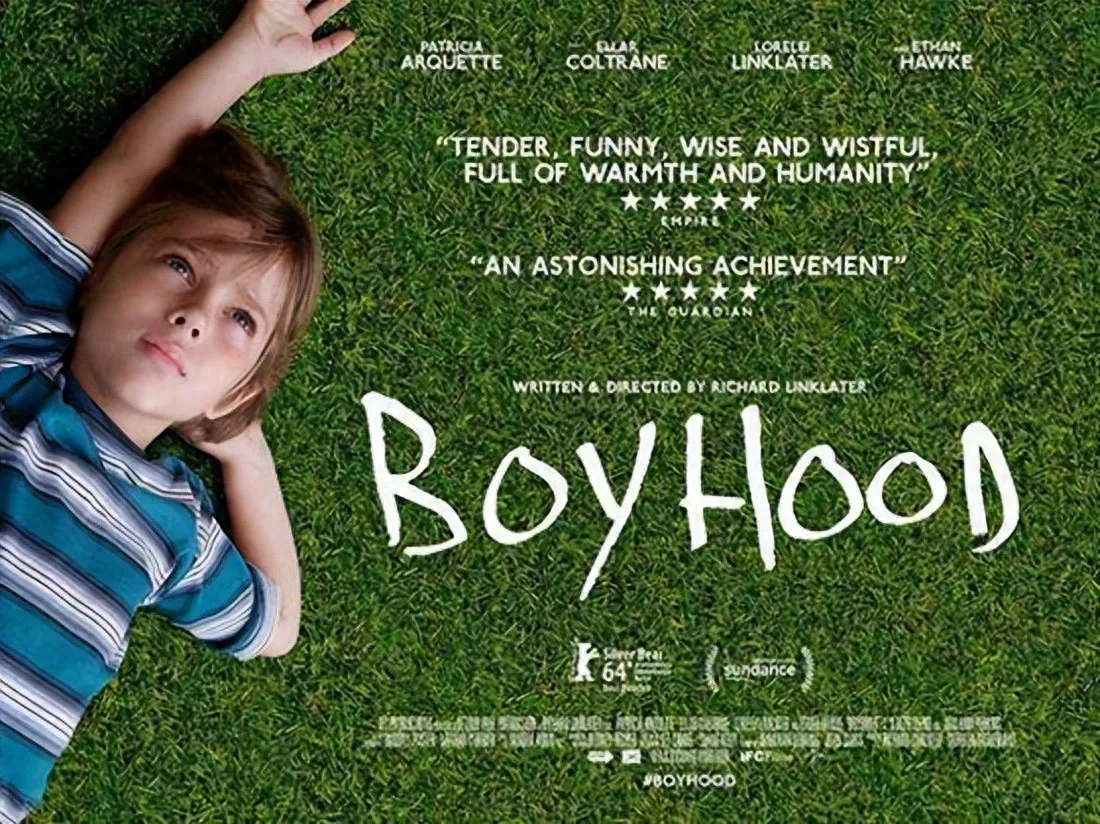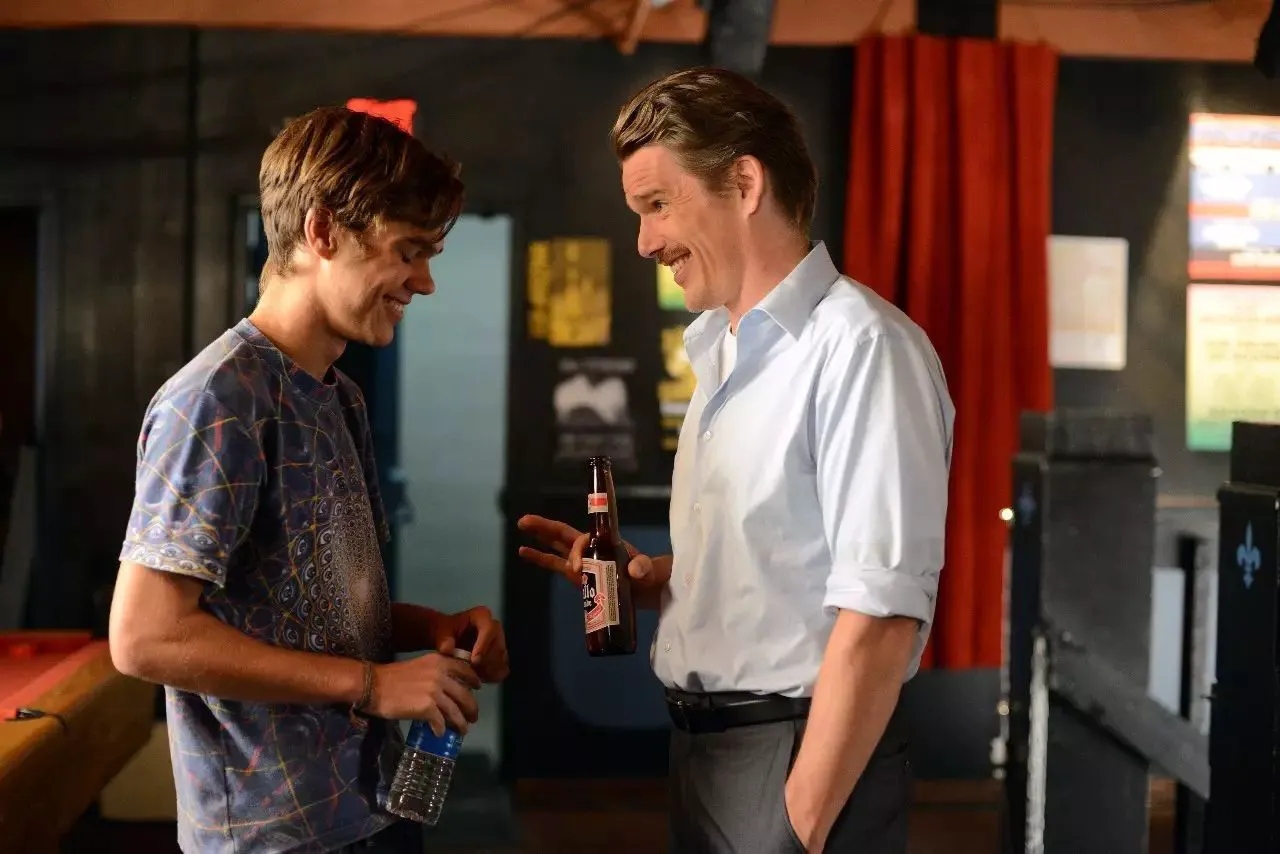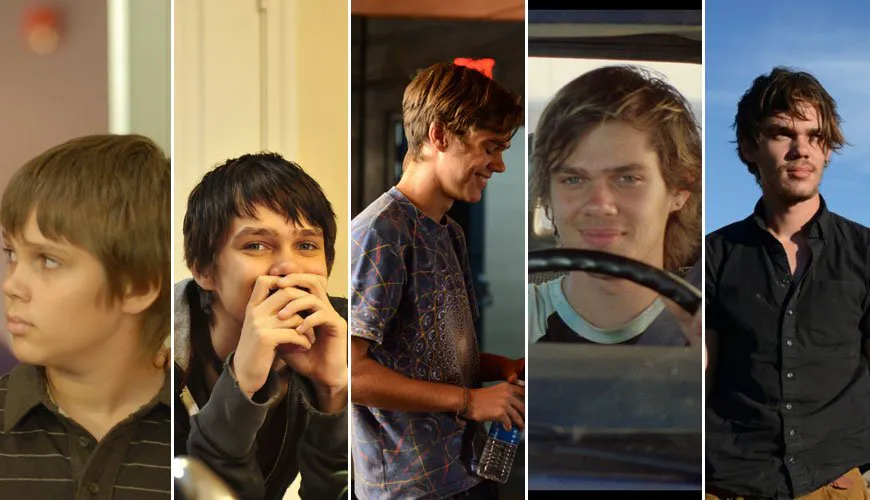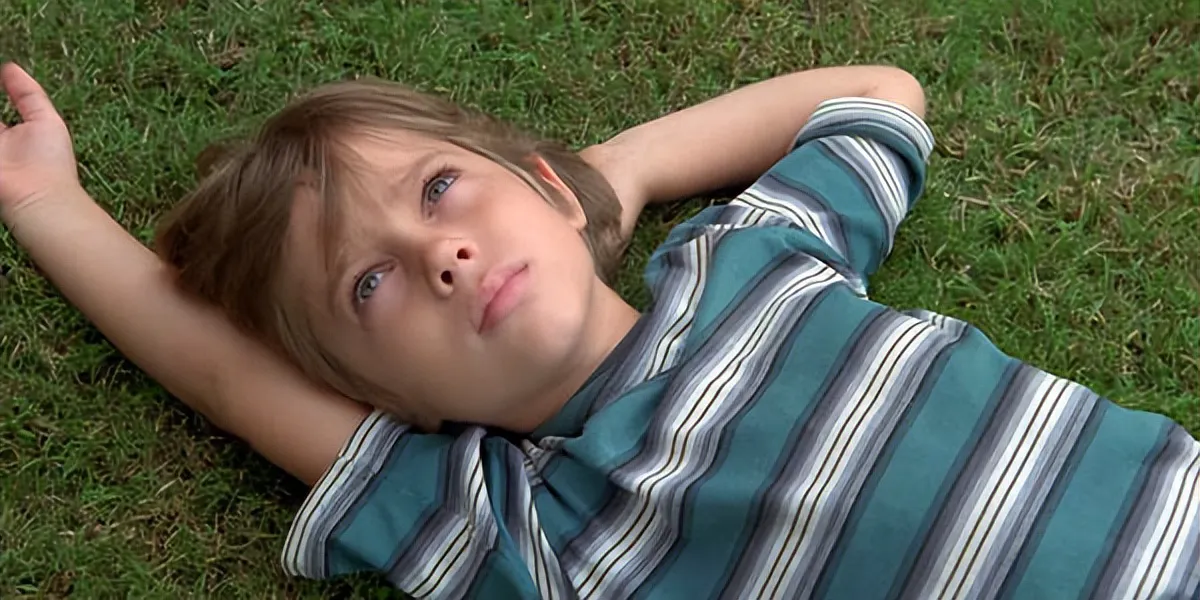Boyhood: A Unique Cinematic Journey Through Time and Growth
Richard Linklater’s Boyhood stands apart as a film that profoundly captures the essence of time and the genuine experience of growing up.
Filmed over an extraordinary 12-year period, director Richard Linklater crafted a cinematic narrative centered around the themes of growth and life itself.
The film chronicles the journey of its protagonist, Mason, from childhood to adolescence. By filming segments every few years, Linklater meticulously documented the evolution of both the characters and the actors portraying them. This approach delivers an authentic and nuanced portrayal of the complexities inherent in the passage from youth to adulthood.
Boyhood compels us to reconsider our perception of time’s relentless march forward. It encourages us to recognize the significance of fleeting moments and the irreversible nature of time itself.

Capturing the Essence of Growth
From Mason’s innocent childhood to the uncertainties and eventual self-assurance of his teenage years, the film meticulously portrays the spectrum of emotions that define his formative experiences.
Linklater masterfully weaves together seemingly disparate moments, creating a cohesive narrative that underscores the passage of time, the transformations of life, and the profound meaning of growth.
The film’s tone and central themes resonate with authenticity. Eschewing overt emotional manipulation, Boyhood allows viewers to connect with the characters’ inner lives on a deeper, more genuine level.
Mason, along with his family and friends, are depicted as ordinary individuals leading relatable lives. Their experiences, while not extravagant, possess a quiet beauty and profound significance.
Rather than relying on spectacle or sensationalism, Boyhood captivates its audience through its honest portrayal of human emotions and its nuanced storytelling.

The Artistry Behind the Film
The performances and character portrayals in Boyhood are exceptional.
Ethan Hawke and Patricia Arquette, as Mason’s parents, deliver nuanced performances that capture the complexities of their characters’ emotions and personalities.
The film’s direction, musical score, cinematography, production design, special effects, editing, pacing, and dialogue all contribute to its overall brilliance.
Linklater’s skillful use of cinematic language brings each scene to life with remarkable authenticity and detail.
The film’s soundtrack is perfectly tailored to each scene, enhancing the emotional impact and leaving a lasting impression on the viewer.
The production design and special effects seamlessly blend into the narrative, further enhancing the film’s realism.
In conclusion, Boyhood serves as a poignant testament to the passage of time and the journey of growth. It reminds us of the weight of time and the ephemeral nature of life, prompting us to reflect on our own experiences and personal development.
This is a film that deserves to be cherished and revisited time and again.

Memorable Details that Resonate
Boyhood has captivated audiences with its authentic and subtle details. Here are some of the most memorable:
The Relentless Flow of Time
Linklater’s commitment to filming over 12 years to document Mason’s growth from childhood to adulthood is a defining feature. The multi-year gaps between filming segments emphasize the irreversible nature of time and the constant state of change in life.
The Intricacies of Family
Family dynamics are central to the film. From Mason’s parents’ divorce to their subsequent remarriages and Mason’s own experiences with love and loss, the film explores the complexities and ever-changing nature of family relationships.
The Beauty of Ordinary Life
The film avoids sensationalism, instead focusing on the beauty and significance of everyday moments. By portraying the characters’ inner lives and emotional journeys through authentic details, Boyhood celebrates the richness of ordinary life.
The Journey of Self-Discovery
Mason’s character is compelling because of his growth and transformation throughout the film. His moments of confusion, determination, and self-discovery resonate with audiences and highlight the value of personal growth and self-awareness.
The Art of Cinematography
Linklater’s use of long takes and steadycam shots contributes to the film’s natural and realistic feel. The changes in filming techniques, along with the evolving fashion and environments, create a rich and immersive visual experience for the viewer.
